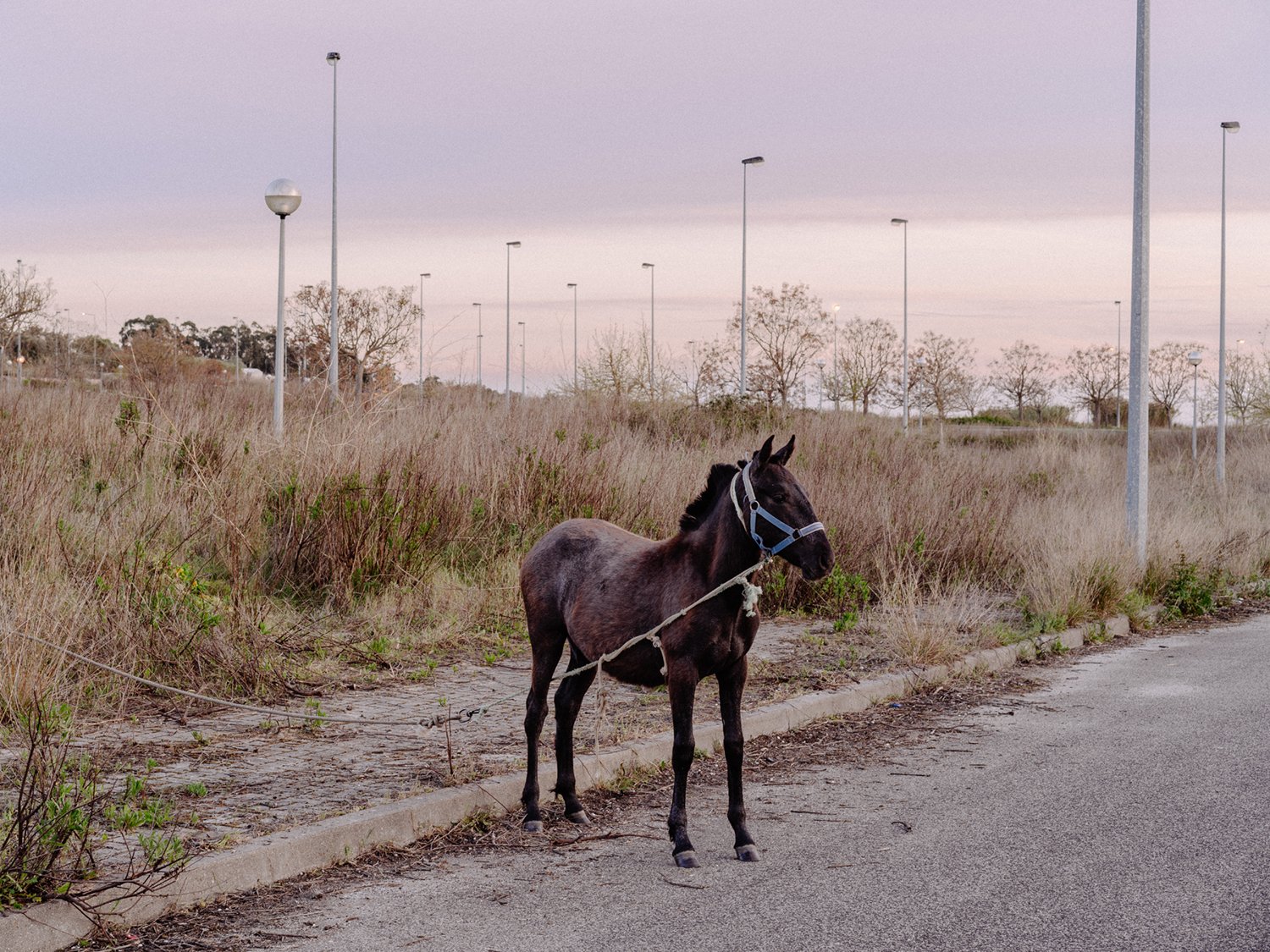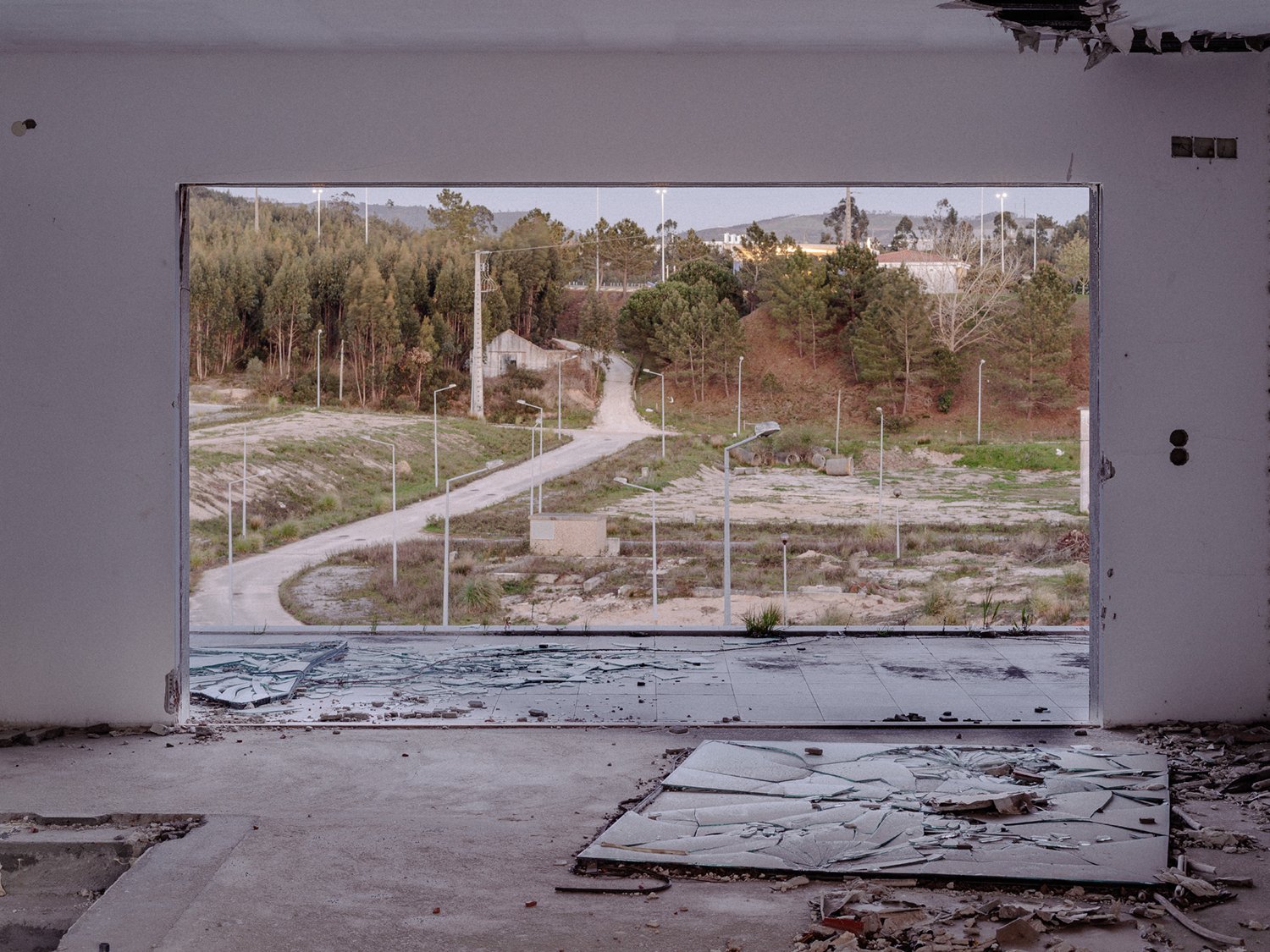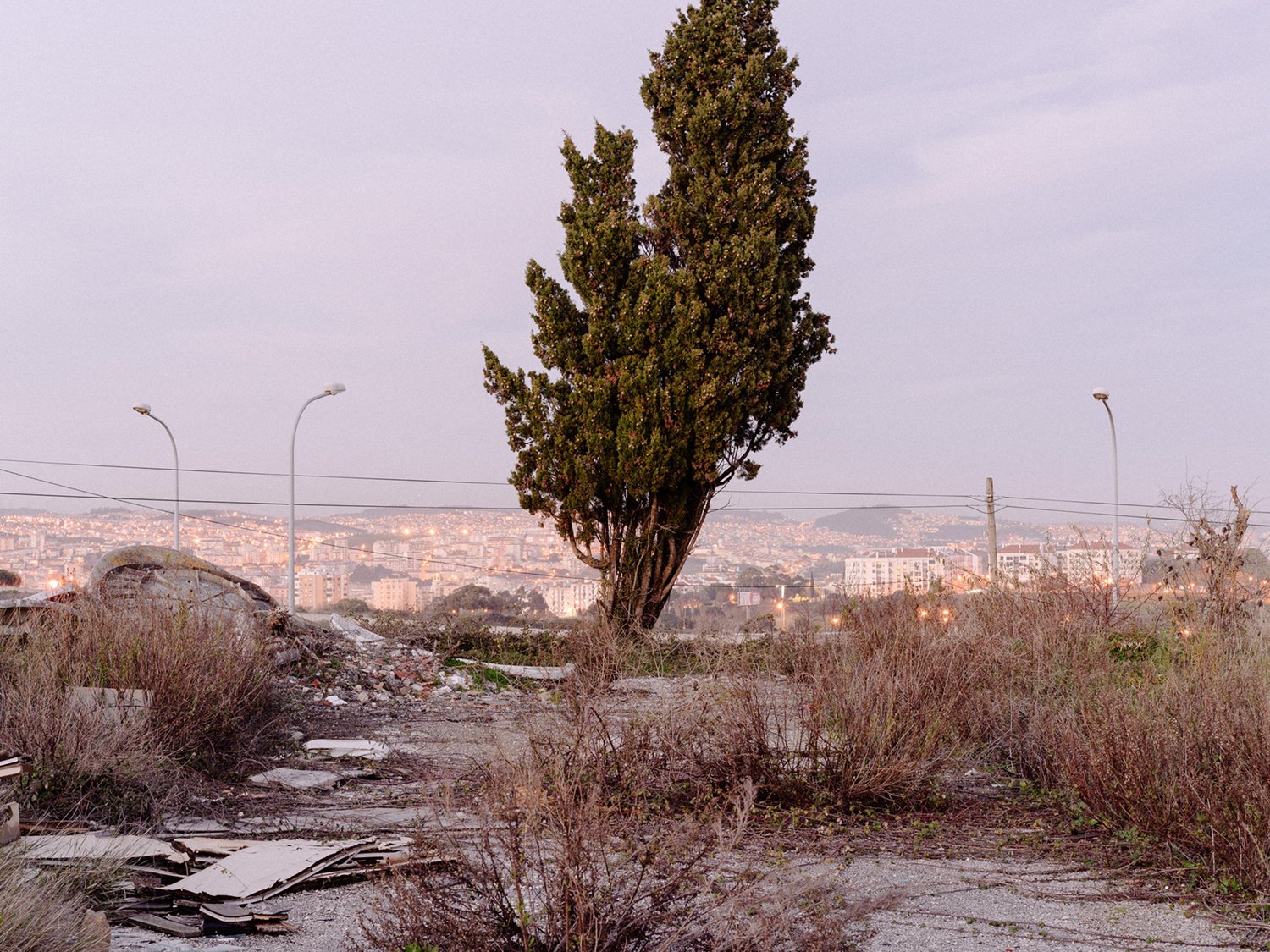Consider these facts: Portugal has built an average of 80,000 houses a year between 1986 and 2007, which is equivalent to one house every five minutes. After Spain, Portugal is the country with the most vacant houses in Europe. Today, Portugal, which has a population of 10 million, has two million houses too many, of which 730,000 homes are completely empty (as of 2011), the rest are second homes.
The real estate boom began in the 2000s, during which time there was a kind of "gold rush". The country seems to prepare for an unexpected, but enormous population growth. Plots of land and houses were bought, sold or exchanged as if in a frenzy, or as my father likes to say: "You used to get rid of everything."
Entire neighbourhoods were planned and implemented in advance, streetscapes with car parks, signage and lanterns were planted like trees. The global financial crisis in 2008 brought everything to a standstill from one moment to the next and revealed the immense overproduction of homes. These planned neighbourhoods, often constructed around the cities, are often still connected to the public water and electricity grid and are for sale even now. The real estate marketeers who advertise these plots of land with a personal picture, are the first and last inhabitants of these settlements that were never planned settlements.
Portugal is littered with such neighbourhoods, which have become wild urban parklands. These unbuilt houses were never meant to be a home for its inhabitants but were from the beginning purely investment objects.







